Last Chance to Catch NYC's Holiday Notalgia Train
We met the voices of the NYC subway on our nostalgia ride this weekend!


In October 2020, the two venerable institutions of the Brooklyn Historical Society (BHS) and Brooklyn Public Library (BPL) merged to create the Center for Brooklyn History, effectively creating the largest Brooklyn-related collection in the world. Housed in an eye-catching red building on the corner of Clinton and Pierrepont Streets in Brooklyn Heights, the Center for Brooklyn History has adapted, expanded, and grown with its surrounding community. History is not just something that happened in the past here, history is something that is made every day. Dedicated to preserving and encouraging the study of Brooklyn’s extraordinary 400-year history, the Center for Brooklyn History not only preserves the borough’s past but also connects to present-day communities. Here, we take a look at 10 secrets from the building’s history and explore modern-day community initiatives!
On February 24th, join Untapped New York Insiders for a tour of the Center for Brooklyn History and Othmer Library with Marcia Ely, Director of Programs, and Dominique Jean-Louis, Chief Historian! This tour is free for Untapped New York Insiders. Not an Insider yet? Become a member today with code JOINUS and get your first month free.
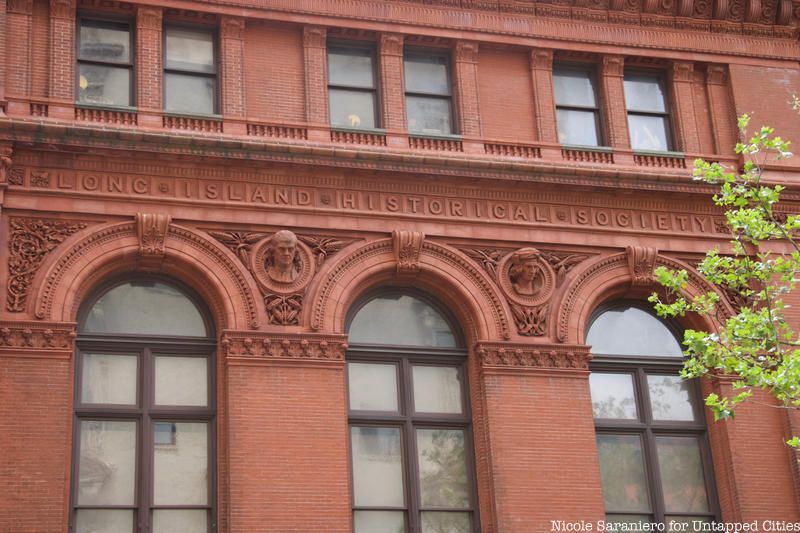
Looking at the front facade of the Center for Brooklyn History’s 1881 George Post-designed building, you may notice there are two different names emblazoned on the stonework. When the Brooklyn Historical Society was founded in 1863, it was called the Long Island Historical Society. At the time, Brooklyn was the westernmost city on Long Island. In the mid-1800s Brooklyn experienced a boom, transforming drastically from a rural setting to a bustling metropolitan area. The city’s population skyrocketed from just 4,000 to 300,000 people by 1860 and by the late 19th century, Brooklyn was the third largest city in the world. Brooklyn would join Manhattan as a borough of the Greater City of New York in 1898. The city’s most prominent citizens saw in these times of rapid change the need to record the memory of Brooklyn’s rural origins, and so set up the society as a library to preserve the history of “the counties, towns, and villages of Long Island,” as well as the state and country at large.
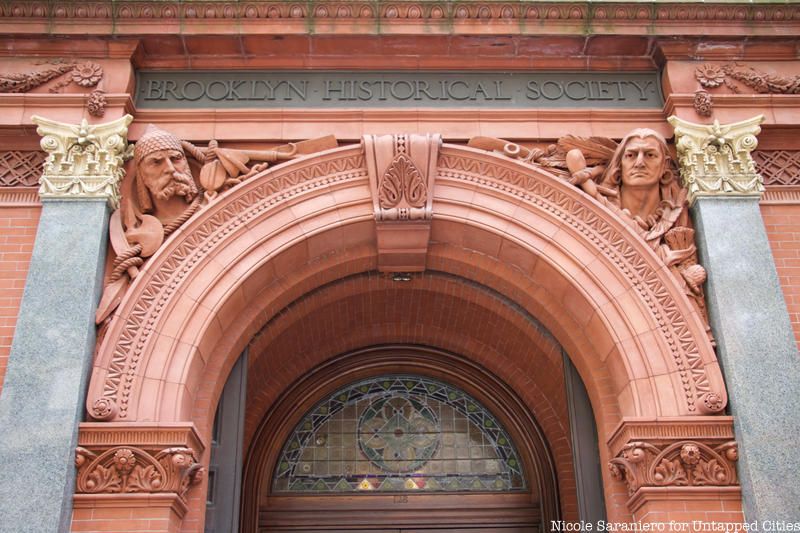
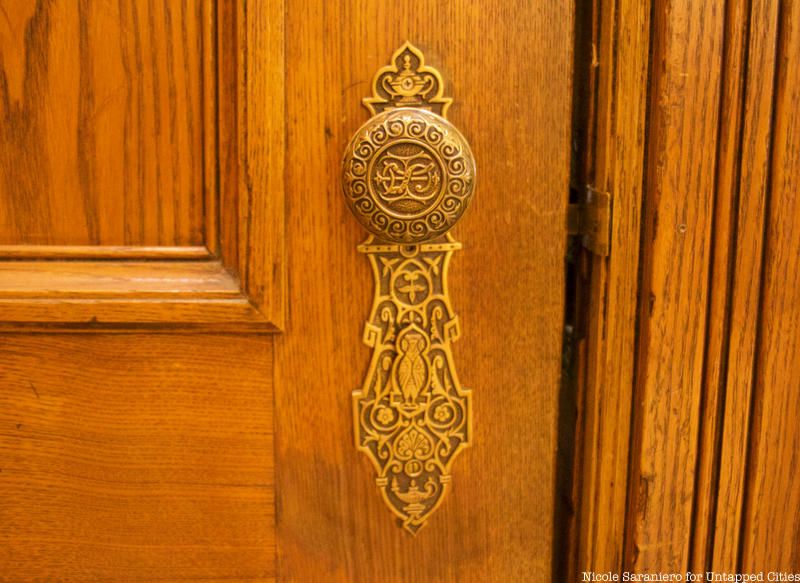
As Brooklyn continued to change throughout the 19th and 20th centuries, the Historical Society grew and adapted to it. The borough took on a character distinct from the rest of Long Island as its population diversified and the towns became more urban. In 1985 the Historical Society changed its name to the Brooklyn Historical Society. The stonework above the main entrance which previously read “Long Island Historical Society” was covered by a new sign, but the large etched-in label that stretches across the building’s front facade remains unchanged. You can also see traces of the original name inside in details like the intricately decorated doorknobs throughout the building which has “LIHS” incorporated into the knob design. The Historical Society underwent another change in 2020 when it merged with BPL to become the Center for Brooklyn History.
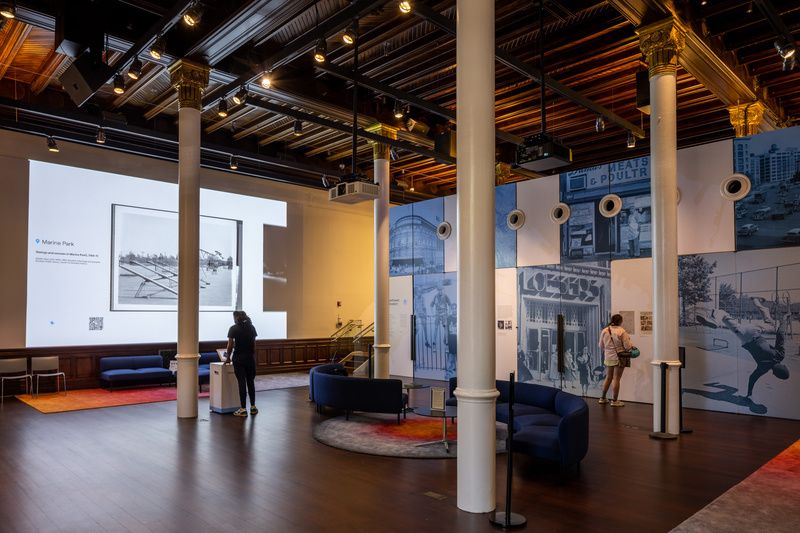
The Center for Brooklyn History’s beautiful Queen Anne-style building was designed by architect George B. Post, a man who has been called the “father of the tall building in New York.” His innovative designs, which made use of iron and steel infrastructure, allowed buildings in cities to reach new heights. In New York City, Post was responsible for such tide-changing buildings as the eight-story Equitable Life Assurance Society building which was the first office building designed to use elevators, the Western Union Telegraph Building which was the first office building to rise to ten stories, and the soaring twenty-story New York World Building which was the tallest in New York City at the time.
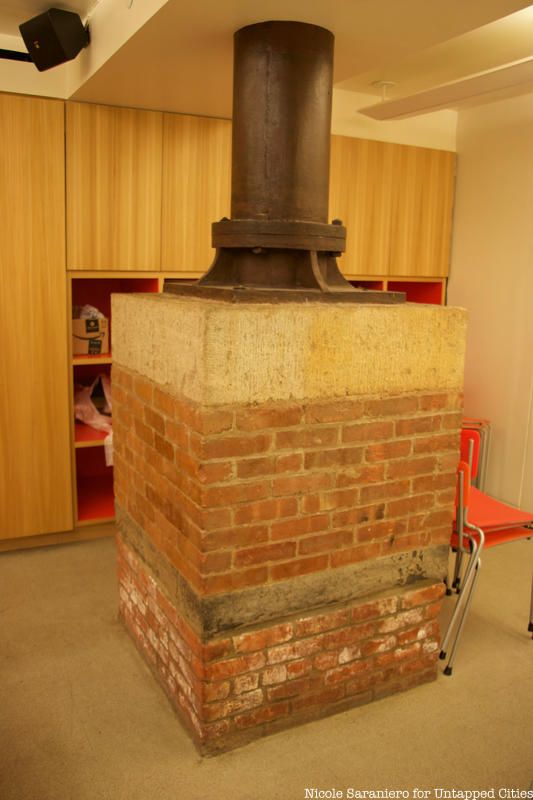
Post’s innovative techniques and the advancing technology of the time are evident in the Pierrepont Street building. New cast iron and steel support beams allowed for wide open spaces, large windows, and high ceilings that stone masonry wouldn’t have been able to accommodate. In the basement of the building, you can see the exposed foundation of the slim cast iron columns, which are set upon layers of concrete and brick. These columns extend into the Great Hall. Sadly, most of George Post’s buildings in New York City have been demolished so the Center for Brooklyn History is an important landmark.
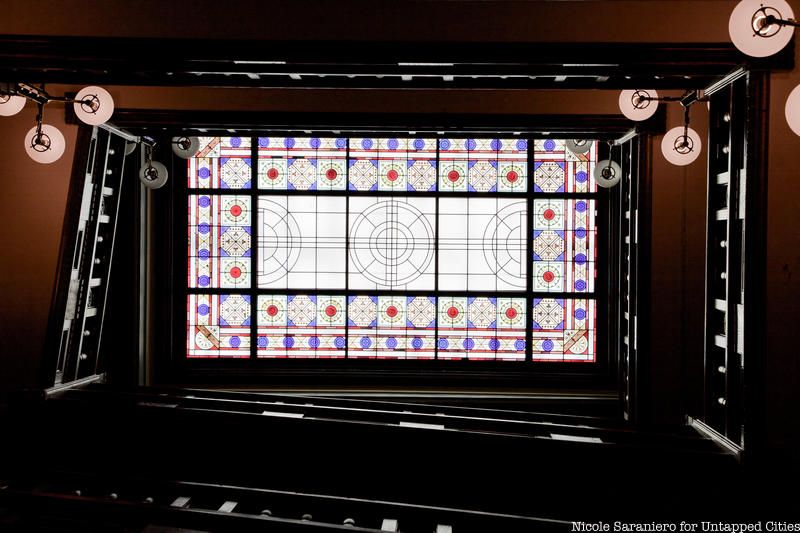
The interior of the Center for Brooklyn History is decorated with as much ornamentation as the facade. Sparing no expense in the public-facing rooms of the Gilded Age building, there is stained-glass, trendy Minton tile floors, glass chandeliers, custom-made bronze hardware designed by Post, and elaborately carved woodwork. However, the fine features of interior design were paid little mind when they were in the way of an elevator installed right through the main staircase in the center of the lobby in the 1930s.
As a result, the beautiful laylight at the top of the stairs was removed. Luckily, it was restored and reinstalled in 2003. You get a great view of it standing in the middle of where the elevator used to be, on the ground floor, looking up through the stairwell. The stained glass is believed to have originated from the studio of noted artist and English glassmaker Charles Booth. Booth also created stained glass for the Jefferson Market Library and Grace Church on Broadway. There are also stained glass windows in the Othmer library that are attributed to Booth. Additional stained glass windows used to be in the Great Hall, as well as a stained glass screen at the rear of the stage in the lecture hall. You can see these features later on in this article in the historical images shared in secret #5!
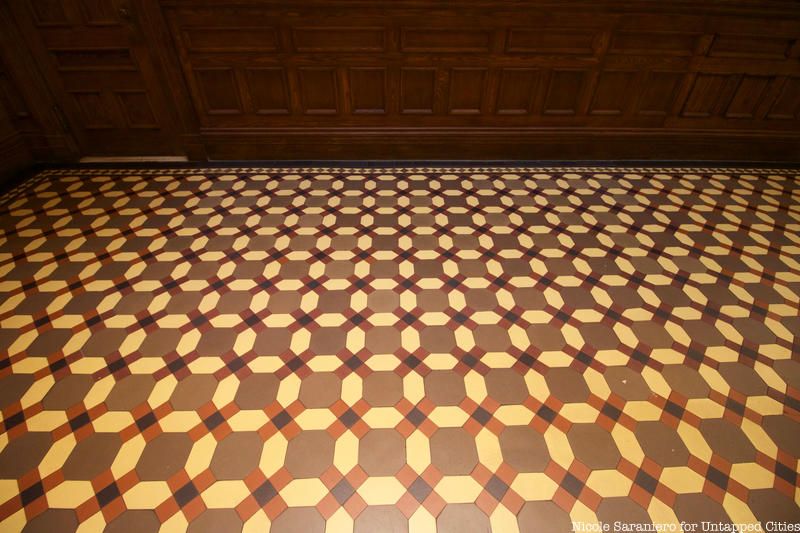
After you are done admiring the beautiful stained glass, look down. When the elevator was installed the Minton tiles were covered and wood railings along the staircase were removed. These historic elements were restored in later renovations during the 1980s, 1999, and 2002.
The Minton tiles, which were all the rage in the late 1800s, and can be found in buildings all over New York City (including on the ceiling of the Bethesda Terrace Arcade in Central Park), had fallen out of fashion by the time of these restorations. The English factory where they were produced had closed down making it impossible to find replacement tiles that exactly matched the orange shade of the originals. This design flaw actually serves as a great reminder of the building’s history, as now modern-day visitors can see the exact footprint of the former elevator.
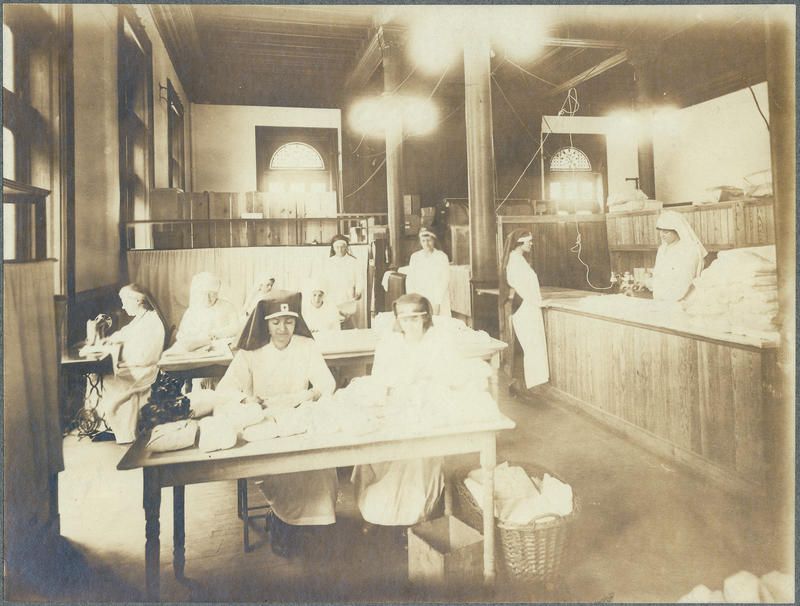
The Great Hall of the building has undergone many changes throughout its over 140-year history. The Great Hall started out as a lecture hall with 600-seat sloping seats. The space saw such illustrious guests as Sir Arthur Conan Doyle and woman’s activist Julia Ward Howe speak. During World War I, the cast iron auditorium seats were covered by a level wood floor, and the hall was transformed into a Red Cross Headquarters and Office. The workers at the Red Cross station helped not only in the war effort but also aided the community during the 1918 outbreak of the Spanish flu which killed thousands of people in Brooklyn.
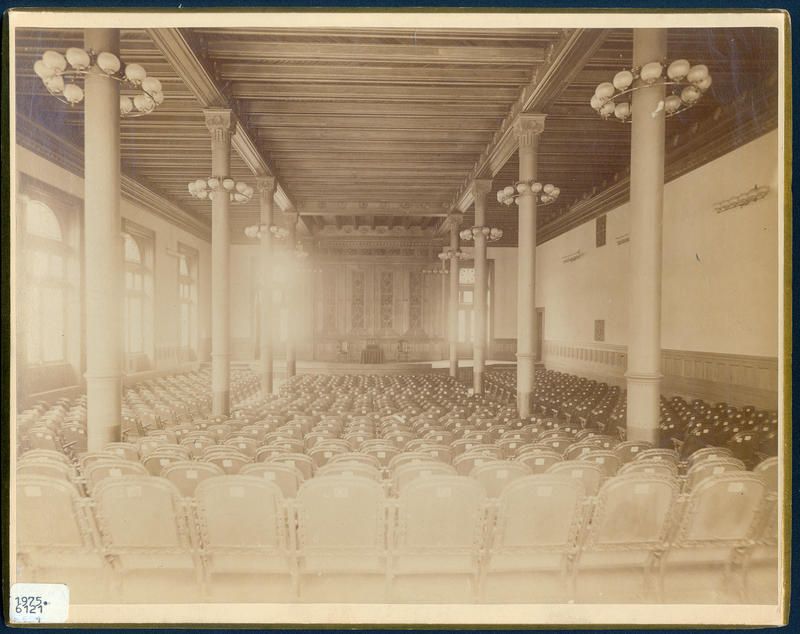
After the war, the Great Hall transformed once again. Falling on hard financial times, the Historical Society rented out space to local businesses like a door store and a dentist practice and the Red Cross moved out. The Great Hall was split up and commercial entrances were installed along Clinton Street. Today, the Great Hall serves as an event and exhibition space.
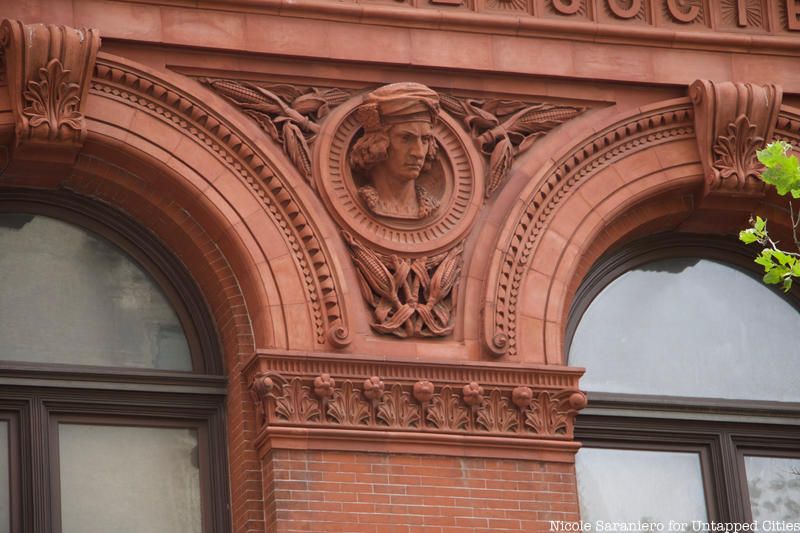
When the Brooklyn Historical Society was originally founded, its sole focus was not just on preserving local history, but on becoming a renowned center of learning knowledge. The decorative unglazed terra cotta ornamentation on the facade of the building expresses these worldly goals. The building is adorned with the busts of famous figures from history. In the front, you can see Christopher Columbus and Benjamin Franklin (the only American) and on the side, you will find William Shakespeare, Johannes Gutenberg, Beethoven, and Michelangelo. The figures were sculpted by Olin Levi Warner and are wreathed in different American flora by Truman H. Bartlett. Columbus is surrounded by a wreath of corn husks.
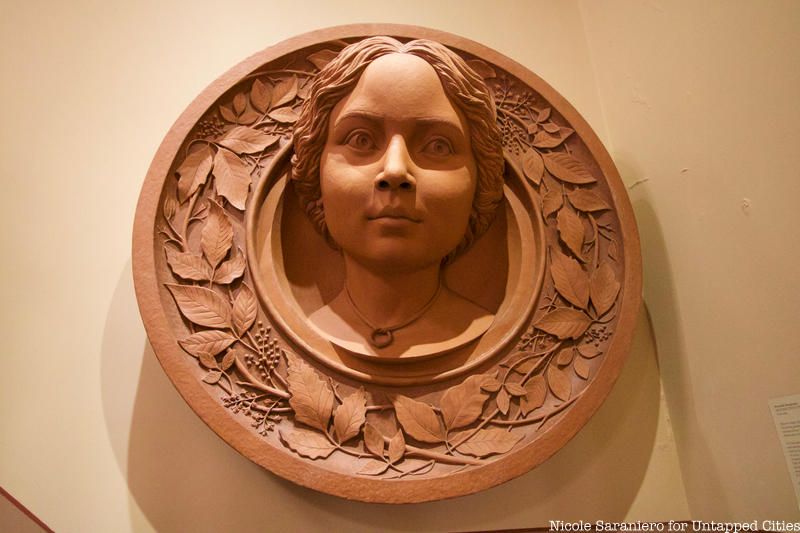
The terra-cotta decor is carried inside by a sculpture from artist Meredith Bergman which reinterpretes the architectural history of the building. Bergman’s piece is titled Historia Testis Temporum, a Latin phrase that means “history, the witness of time” and is inscribed on the Clinton Street side of the building. The sculpture depicts Sally Maria Diggs, a nine-year-old girl who was “auctioned” off in a mock slave auction by anti-slavery activist pastor Henry Ward Beecher in 1860. Diggs would go on to study at Howard University and settle in Washington, D.C. She is wreathed in poison ivy. Bergman has also sculptured a bust of Ruth Bader Ginsburg which is a permanent feature of the New York State Capitol in Albany.
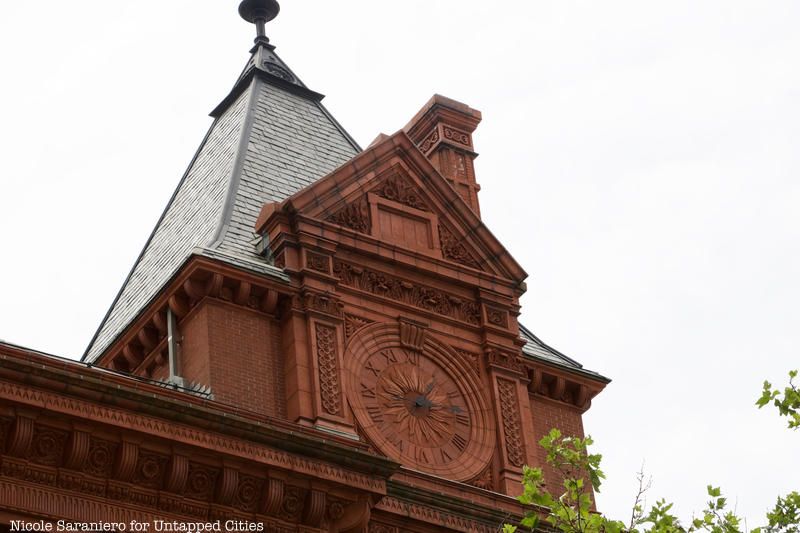
Another decorative symbol that appears often throughout the building is a sunburst. This was a popular Queen Anne motif. You can see it in the photo above on the exterior clock face and throughout the building on light fixtures and woodwork. The sunburst motif is even incorporated into the Historical Society’s logo.
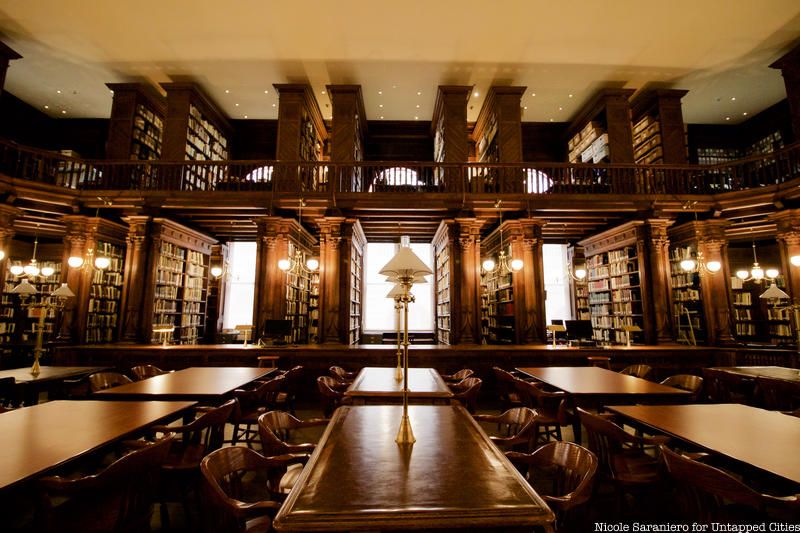
The impressive Othmer Library on the second floor is home to over 33,000 books, archival collections, oral history interviews, photographs, maps, artifacts, and paintings that document the commercial, residential, community, and civic development of Brooklyn. When BHS and BPL combined their holdings, the Center acquired a collection that now has a more comprehensive spread across the entirety of Brooklyn’s history. The extensive collections are available to anyone who wants to conduct research for various purposes, whether they are a student, artist, author, journalist, or genealogist!
The collection is not the only impressive part of the library. The space, again designed by George B. Post, is one of only three interior landmarked libraries in New York City. The other two are the Morgan Library and the New York Public Library. You can often find the Othmer Library used as a filming location, and has appeared in Mozart in the Jungle, Mr. Robot, and more.
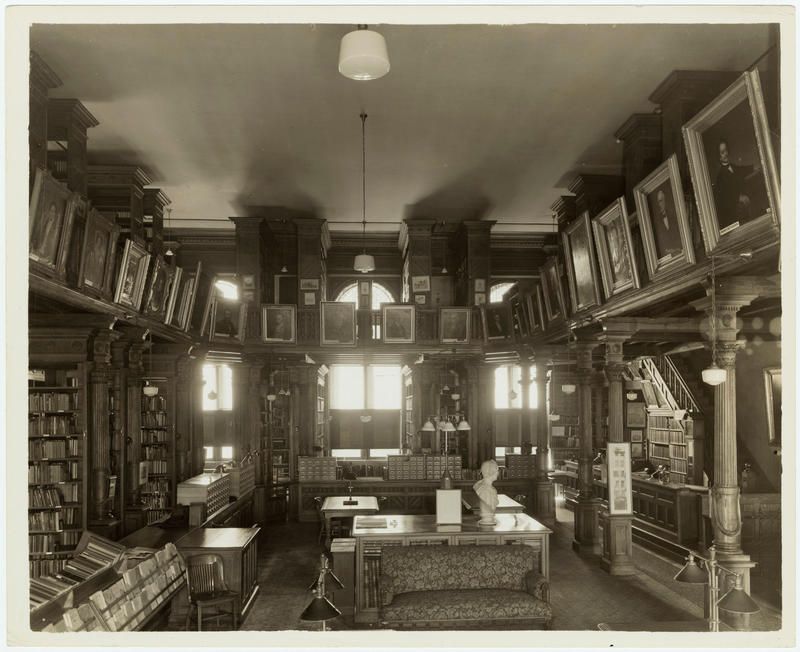
You may notice that the beautiful ornamentation of the library stops at its ceiling. As opposed to the paneled wood ceiling of the Great Hall, the library ceiling its extremely plain. No one knows quite why this is. There is no structural need for the ceiling to be left blank. One theory is that the Long Island Historical Society simply ran out of money during its construction.
Regardless of the plain white ceiling, the library is still a beautiful space and features many innovative architectural elements. The ceiling is a hung ceiling, suspended from the top floor of the building with iron trusses rather than supported from below. Necessary iron support columns are covered in carved wood to match the rest of the elegant decor in the room. The reading lamps in the library today are based on the originals which were gas-powered. The Historical Society was electrified in 1923 by the Edison Company in New Jersey.
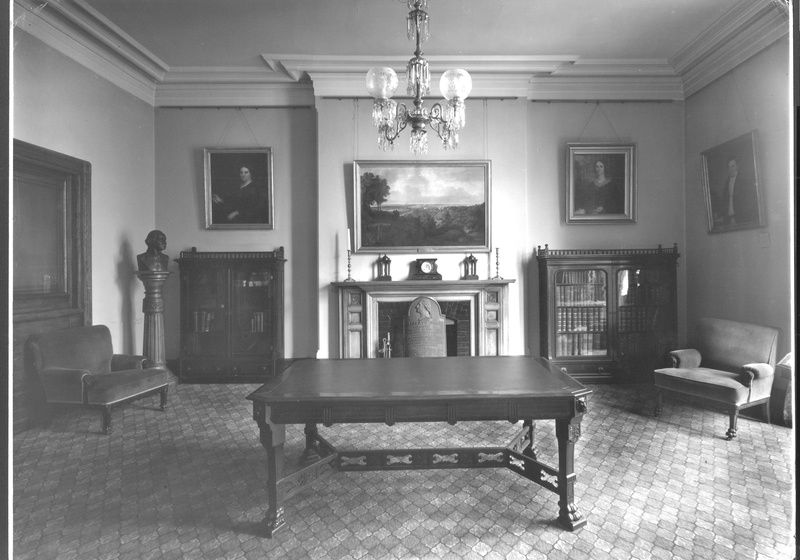
When the Long Island Historical Society was originally founded it was a private club. You needed to be a member to access its resources. Unlike in many social clubs of the time, women were allowed to become members, albeit wealthy women. Not only that, there were many female donors and speakers at the society as well. A feature of the private club days can be found behind the walls of one of the current galleries.
When you walk into the gallery, on your left-hand side the protruding wall covers up a fireplace. Opposite that on the right side there is a blocked doorway, and straight in front of you on the back wall there would have been a window. The men’s parlor was located across the hallway.

The Center for Brooklyn History is bursting with artifacts that tell the story of Brooklyn. In the current exhibition, Brooklyn Is…, photographs and maps from the collection are used to create “a portrait of the borough that reveals the joys, contradictions, differences, and similarities of this complicated place.” The maps range from a hand-drawn map of the borrow which dates to 1820 to a 1970s subway map designed by Massimo Vignelli. You can even become part of the exhibit by sharing your own photo and memory of Brooklyn, which may be shared on a giant interactive screen in the Great Hall.
Each section of the exhibit, which begins outside with a ticker-tape-like sign filled with facts about the borough, has its own narrator. These Brooklynites are a diverse group that includes people like Jenny Zhang, a Williamsburg-based writer, poet, and essayist who moved from Shanghai when she was four, Lucien Zayan, a French transplant who runs the Invisible Dog Art Center in Boerum Hill, and LJ Vogel, a trans man and one of the organizers of Gay Ridge. Brooklyn Is… gives a taste of the vast collection of CBH.
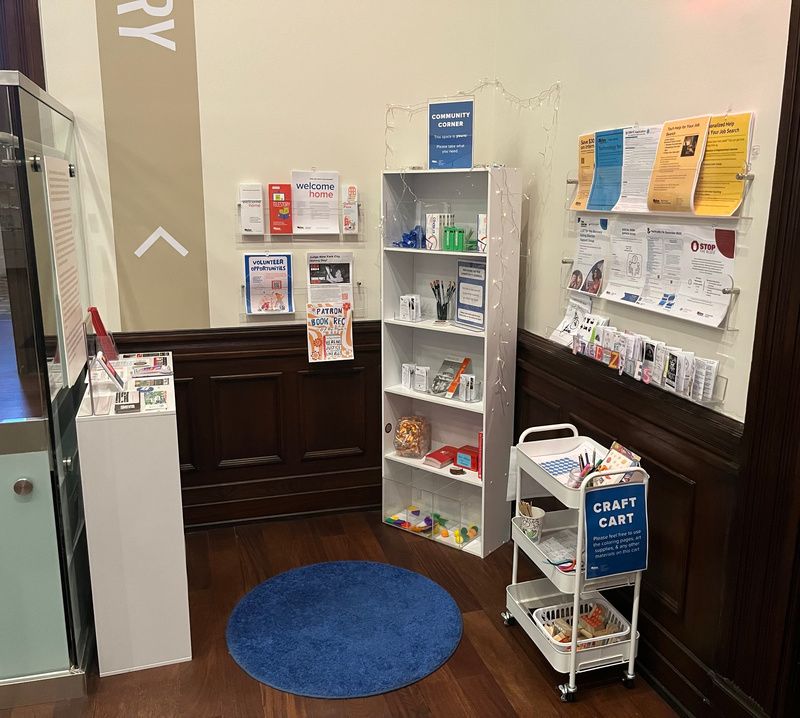
The Welcome Services team at The Center for Brooklyn History aims to ensure that all visitors feel like they belong. In addition to preserving the stories of Brooklyn’s past, CBH serves as a community resource, helping to provide community members with the tools they need to make history. At the Community Corner, visitors can learn about all of the services offered through the Brooklyn Public Library system. These include access to free craft supplies on the Craft Cart, Harm Reduction supplies like baby wipes, bandages, sunscreen, and more, as well as tools you can borrow to help enhance your experience at the Center for Brooklyn History such as iPads with Bloomberg Connects pre-downloaded, magnifying glasses, headsets, and fidget toys.
Next, check out Top 10 Secrets of the New-York Historical Society in NYC
Subscribe to our newsletter